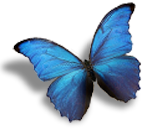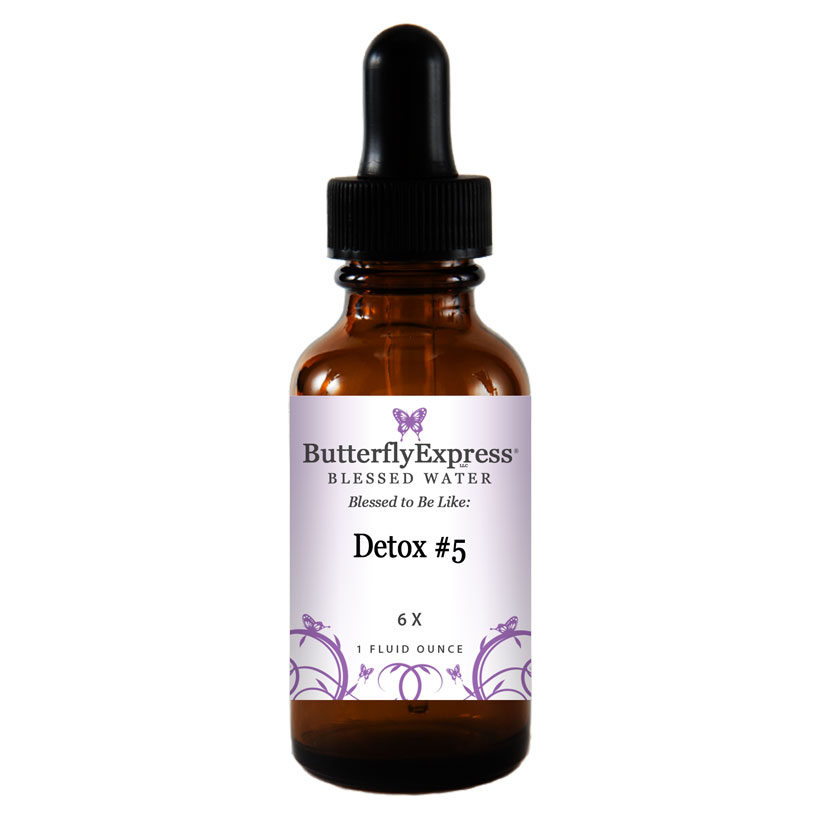Detox #5
This remedy is for cleansing the body from the toxic ingredients of vaccinations and other poisons.
POTENCY: 6X
The following is a small amount of information on each of the INGREDIENTS of this combination.
JUNIPERIS COMMUNIS (juniper berries) Juniper has a powerful action on the kidneys and is indicated by dragging pain in the back, bladder irritation, great thirst, and stomach distension with tenderness.
NATRUM SULPHURICUM (sodium sulphate) This is the leading remedy for treating the results of head injuries. Nat sulph aids the elimination of excess fluid from the system, often producing great thirst, and is used for chronic diarrhea and debilitation.
RADON is included because of its reputation for having a normalizing effect on cellular abnormalities. Some of the literature goes so far as to use terms like squamous cell, small cell, and large cell carcinomas and lung cancers.
THUJA OCCIDENTALIS (arborvitae) Thuja has been for many years the leading remedy for ill effects of vaccinations and for situations where a person has never been well since a vaccination reaction. Emotional and mental symptoms include feeling isolated and all alone, self-contempt, and depression. Symptoms are worse at night and, interestingly, worse when talking. Some of the other things mentioned in Thuja provings are proliferating abnormal cells, distended abdomen, cysts, polyps, rapid exhaustion and emaciation, and chronic sinus infections.
CIMICIFUGA RACEMOSA (black cohosh) Cimicifuga is a polycrest remedy for women and is indicated for puerperal fever and any form of sepsis. This remedy has a wide action on the cerebrospinal and muscular systems and is used for pain in the joints and in the limbs. Emotionally there are feelings of gloom and dejection.
GELSEMIUM SEMPERVIRENS (yellow jasmine) I consider Gelsemium to be a remedy for the convalescent/recovery stage of many things. It can be especially useful whenever a cleanse or detox program has produced unwanted symptoms. A few symptoms for which Gelsemium might be useful include the limbs feeling heavy—almost paralytic, dizziness, drowsiness, headache as if there is a band around the head, and dull pains up and down spine. Gelsemium is also a treatment for chronic fatigue of liver origin.
NUX VOMICA (poison nut) Nux is a remedy for people of zealous fiery temperaments. Some symptoms include chilliness—cannot get warm no matter what, spasms and convulsions from poisoning, blurred vision, painful and ineffectual urging to urinate, and headache from chemical toxicity.
CHELIDONIUM MAJUS (greater celandine) This is a major liver, respiratory, kidney, portal and venous system remedy making it of great benefit in this combination.
ISODES OF ALDICARB Aldicarb is a multi-use pesticide used in agricultural and horticultural settings. It is considered one of the most acutely toxic pesticides ever registered in the United States. Aldicarb inhibits the enzyme responsible for the transmission of messages to nerves. Some of the symptoms of poisoning by this pesticide include tightness in the chest, difficulty breathing due to bronchial constriction, increased bronchial secretions, sweating, salivation, nausea, vomiting, diarrhea, abdominal cramps, and involuntary urination These isodes have been placed in this formula to aid in the detoxification from these and other harmful substances which create symptom pictures similar to aldicarb poisoning.
Information About Aldicarb and the FDA and EPA
The first highly publicized outbreak of aldicarb poisoning, which sickened more than 2,000 people, occurred in California in 1985. It took a full 25 years for the announcement of the phase-out of this poison to occur. The phase-out was still ongoing (meaning aldicarb was still in nearly full use) in 1993. The EPA and FDA rely mostly on voluntary agreements, instead of on bans, to avoid lawsuits from manufacturers. The EPA assistant administrator overseeing pesticide programs said that she faced “the need to exercise due process in making sure that the company producing the chemical had a fair hearing.” Apparently, a fair hearing, when you are a drug manufacturing company, takes many years.
Years later, in 2007, the EPA concluded that there were “potential human health risks” but approved aldicarb’s continued use with added precautions such as larger setbacks between fields and water wells and reduced amounts applied to crops. This situation—the continued wrangling of the new phase-out announced in 2010—goes on and on with its use on citrus and potatoes finally being halted in 2012.
Aldicarb has been banned in Europe for several years now and a new agreement has been reached in the United States with Bayer, the sole manufacturer of this pesticide. Under the new agreement, Bayer will end its distribution by 2017 and all usage will stop by 2018. In other words, although the effects, especially on babies and small children, have been known since 1985, it has taken the EPA and the FDA these many years to get this chemical pulled from use on our food supply. Incredible, but typical!!
©Copyright Butterfly Expressions 2020, 2022

